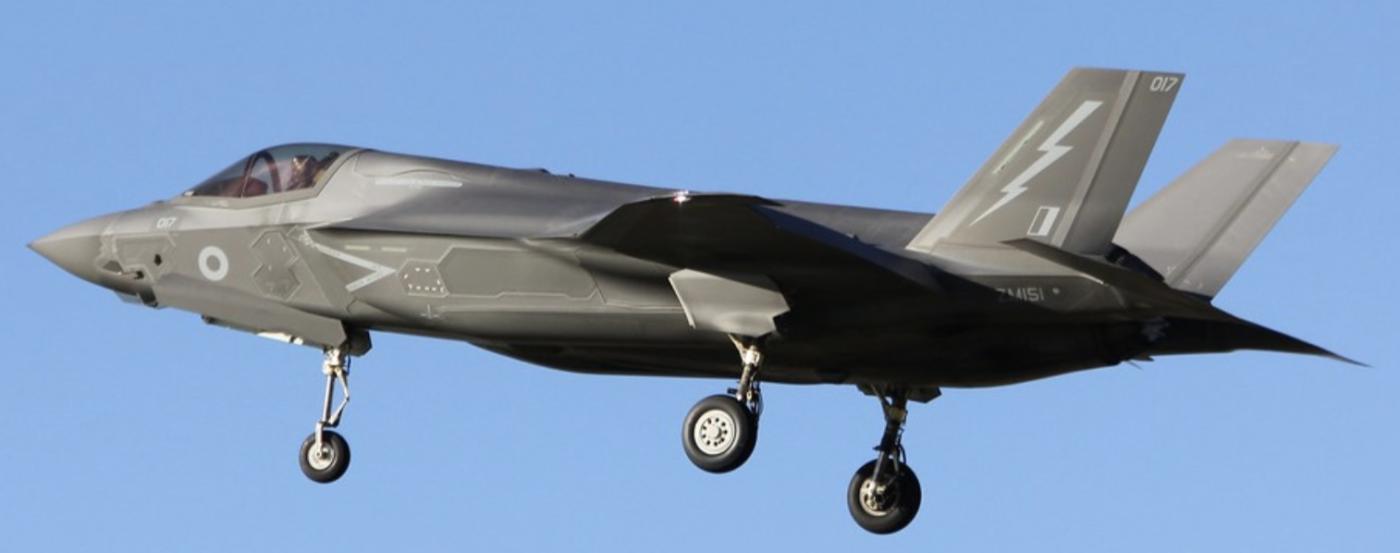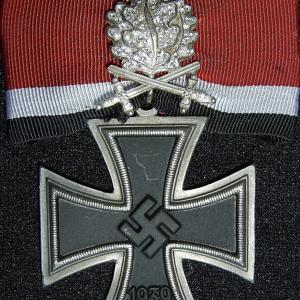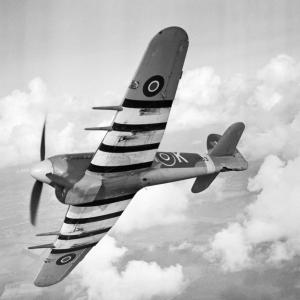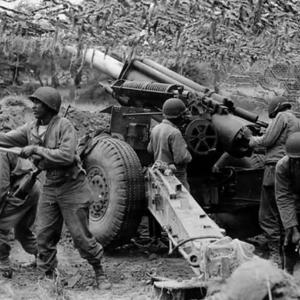
Lockheed martyn f-35 B
The Lockheed Martin F-35B Lightning II is a fifth-generation multirole stealth fighter aircraft designed for short takeoff and vertical landing (STOVL) operations. It is one of three variants in the F-35 family and was developed to meet the unique needs of forces operating in austere environments or from aircraft carriers without catapult systems. The F-35B is primarily used by the United States Marine Corps but has also been adopted by several allied nations. Its design blends advanced stealth capabilities, supersonic speed, cutting-edge sensors, and multirole combat performance.
The F-35B was designed by Lockheed Martin Aeronautics, with major design and development contributions from Northrop Grumman and BAE Systems. One of its most innovative features—the vertical lift system—was engineered by Rolls-Royce, in partnership with Pratt & Whitney, the builder of the aircraft’s powerful F135 engine. The program originated in the 1990s as part of the Joint Strike Fighter (JSF) initiative to replace aging fleets of fighters across several branches of the U.S. military and allied forces. The F-35B made its first flight on June 11, 2008, marking a major milestone in the development of STOVL-capable stealth aircraft.
The aircraft is manufactured by Lockheed Martin in Fort Worth, Texas, where final assembly and flight testing occur. It is a globally sourced program with numerous international partners supplying key components. Northrop Grumman produces the center fuselage, BAE Systems constructs the rear fuselage and tail sections, and Rolls-Royce manufactures the vertical lift fan and other critical elements of the propulsion system in the United Kingdom. The combination of international engineering and collaboration has made the F-35 one of the most globally integrated defense projects to date.
The F-35B carries a diverse range of weapons, allowing it to perform air-to-air, air-to-ground, and precision strike missions. Its internal weapons bay enables it to remain stealthy while carrying weapons like the AIM-120 AMRAAM air-to-air missile, GBU-31/32 Joint Direct Attack Munitions (JDAMs), and GBU-12 laser-guided bombs. It can also be equipped with external pylons for additional armaments, including the AIM-9X Sidewinder, Joint Standoff Weapons (JSOW), and in the future, the long-range AGM-158 Joint Air-to-Surface Standoff Missile (JASSM). The F-35B is equipped with the GAU-22/A 25mm cannon, housed in an external pod mounted under the fuselage.
In terms of performance, the F-35B reaches a maximum speed of approximately Mach 1.6, which is about 1,200 miles per hour. It has a service ceiling of 50,000 feet and a combat radius of around 450 nautical miles, depending on mission profile and payload. With aerial refueling, its ferry range extends to over 900 nautical miles. The vertical takeoff and landing system allows the aircraft to operate from smaller airstrips, forward bases, and amphibious assault ships, significantly enhancing its deployment flexibility compared to conventional fighter aircraft.
The F-35B is currently in service with the United States Marine Corps, where it operates from land bases as well as from amphibious ships such as the USS America and USS Tripoli. It is also used by the United Kingdom’s Royal Air Force and Royal Navy, operating from both land and the aircraft carriers HMS Queen Elizabeth and HMS Prince of Wales. Italy has also acquired the F-35B for use from its aircraft carrier Cavour and from land-based airfields. Japan has begun adapting its Izumo-class ships to support F-35B operations and has placed orders for the aircraft. Singapore has been approved to purchase a limited number of F-35Bs, intending to evaluate their use for future defense planning. South Korea is also considering the F-35B for operations from its future light aircraft carriers.
The F-35B represents a significant evolution in military aviation. Its combination of stealth, agility, and short takeoff and landing capabilities provides unmatched operational flexibility. Designed through an unprecedented level of international cooperation, it is poised to remain a critical component of allied air power for decades to come.










